Perennial Flower Cultivation Technical Guide
Spring and Flower Seed Company
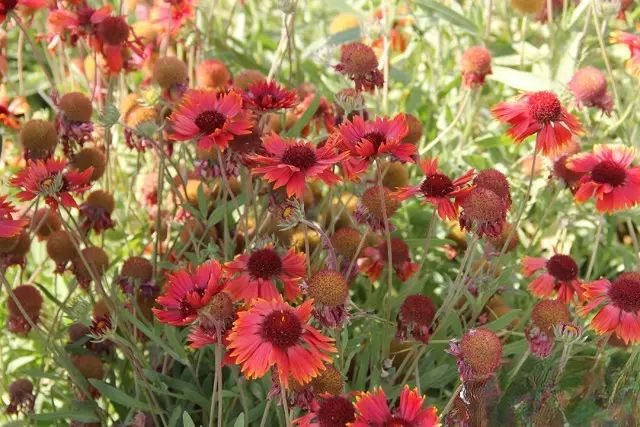
Perennial flowers, also known as perennial herbaceous flowers, refer to perennial herbaceous ornamental plants whose above-ground parts bloom, bear fruit, and wilt, while the underground parts form well-developed roots and can overwinter in the open field, and then sprout, grow, bloom, and bear fruit again the following year. Examples include echinacea, astilbe, cosmos, rudbeckia, sea dianthus, Iceland poppy, sedum, aquilegia, campanula, sage, etc.
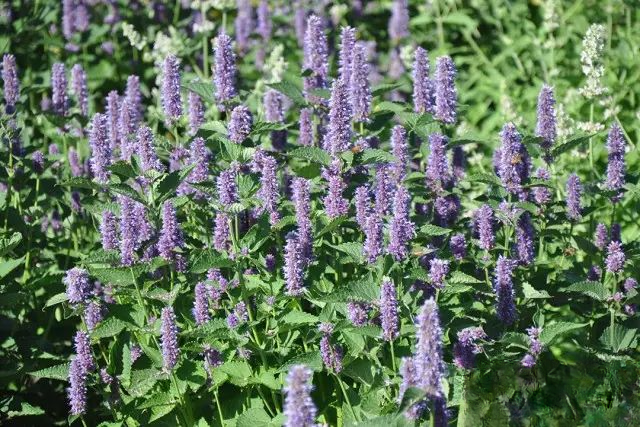
Flowering mechanism
Perennial flowers have different flowering mechanisms. Generally speaking, perennial flowers require photoperiod (day length) or vernalization (low temperature), or both. Understanding the unique flowering mechanism of perennial flowers is one of the most important factors affecting the success of perennial commercial production.
Perennial flowers often require a photoperiod to stimulate flowering. Long-day plants require 14 hours or more of daylight to flower; medium-day plants flower regardless of day length, but some species flower more on long days; short-day plants require short days to flower, generally less than 12 hours. Long-day plants can be stimulated to flower by artificially supplementing light during their non-natural flowering season. A simple and easy way to artificially create long days is to supplement light at night, from 10 pm to 2 am the next morning, with 50 lux to 100 lux of incandescent light. Supplemental lighting can sometimes cause plants to grow rapidly, especially when using incandescent light, so once flower buds appear, the light source should be turned off.
There are three key elements to successful vernalization, and none of them can be missing: the plants to be vernalized must be fully mature; there must be suitable low temperatures, generally not higher than 5°C; and the appropriate low temperature treatment time is generally 6 to 10 weeks.
Low temperature treatment of perennial flowers when they are immature has a very poor effect. Generally, at least two months of vegetative growth period should be guaranteed before low temperature treatment. At present, some of the latest varieties launched on the market need 3 to 5 months from sowing to flowering, and vernalization can be completed without low temperature, but vernalization can significantly shorten the flowering time after transplantation and ensure uniform flowering period.
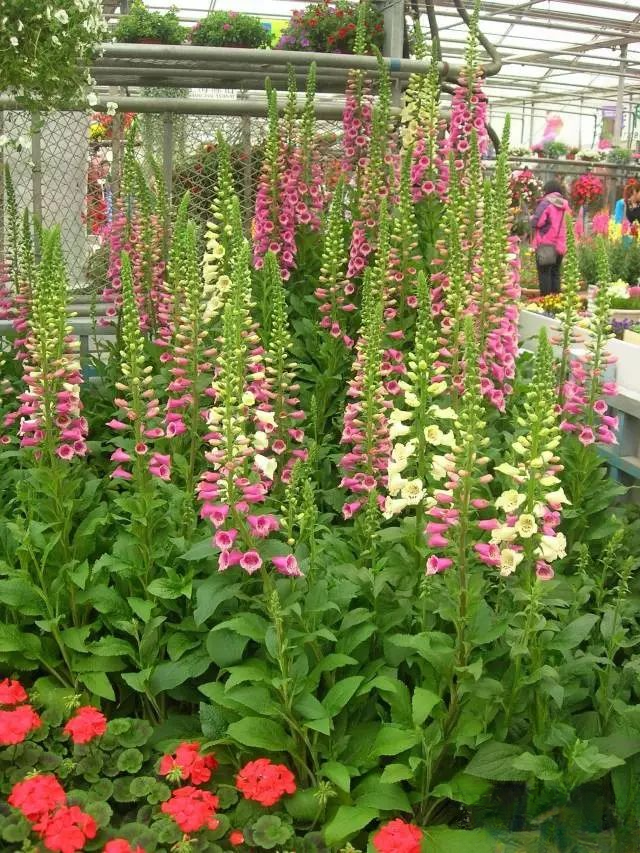
Using imported peat as a seedling medium can significantly increase the germination rate and speed up the seedling growth. A 300-liter package of peat can hold 100 to 120 trays with 200 holes, and the cost per hole only increases by one cent. The effect of using imported peat is more obvious, especially for small seeds.
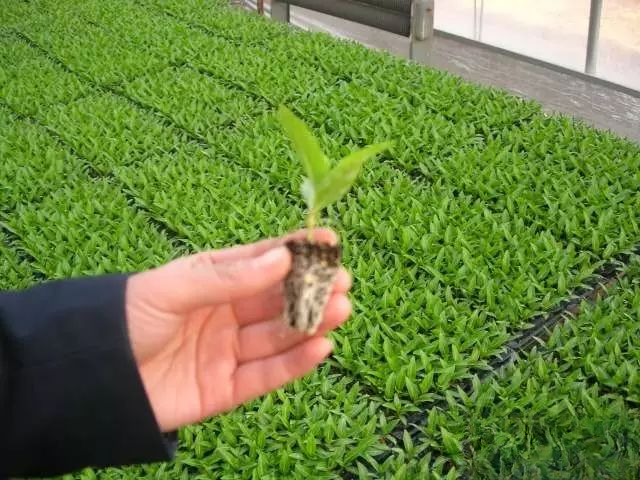
Sowing time
The general rules of sowing, transplanting and flowering are: sowing from January to March, potting from March to May, and flowering from May to September. After potting, put the seedlings in a greenhouse at 0℃ to 5℃ for 1 month to 1.5 months, which can significantly increase the number of flowers and improve the quality. Therefore, if there is enough greenhouse, it is recommended to process them through this process.
The general rules for sowing, transplanting and flowering of conventional varieties are: sowing from September to November, potting from November to March of the following year, and flowering from April to August.
The best time to pot the seedlings is when the roots of the seedlings grow out of the ventilation holes at the bottom of the seedling tray and the roots form a group. This is the best time to pot the seedlings. If you transplant them late, the seedlings will grow old and the growth time will be prolonged, affecting the quality of the finished product.
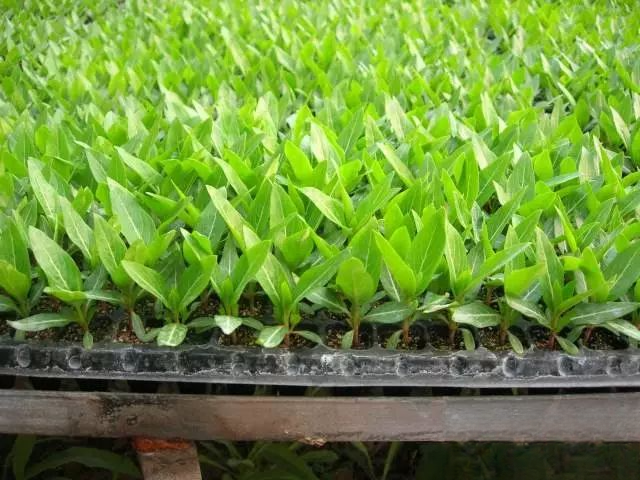
After the plug seedlings are formed, they are transplanted into plug trays or nutrient pots, or transplanted into commercial pots in one step. After 2 to 4 weeks of acclimatization, they are moved into a greenhouse with a night temperature of 0℃ to 5℃ and a day temperature of 10℃ to 15℃ and placed for 1.5 to 2.5 months. During this period, the medium in the pot is always kept moist. During this period, some special varieties that promote flower bud differentiation with long daylight also need light treatment to ensure 12 to 14 hours of light. Most varieties do not need light treatment. After entering March, the temperature rises. When the minimum temperature is around 10℃ in the greenhouse, normal growth and maintenance begins, and fertilizer and water management is carried out until the plants bloom.
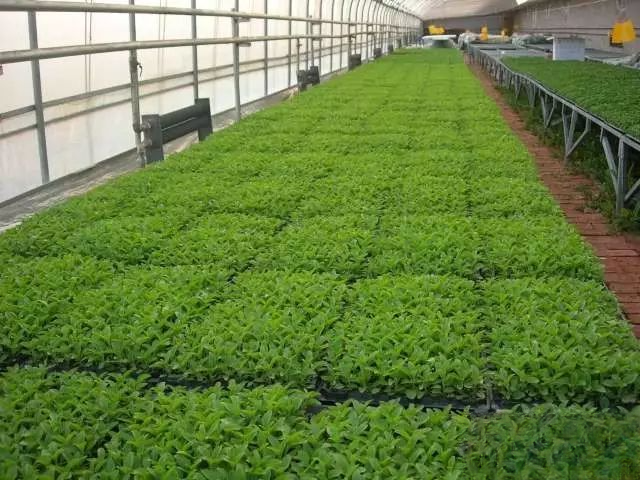
The above is the introduction about perennial flower cultivation